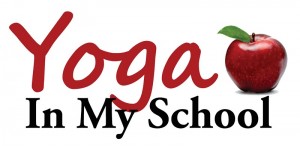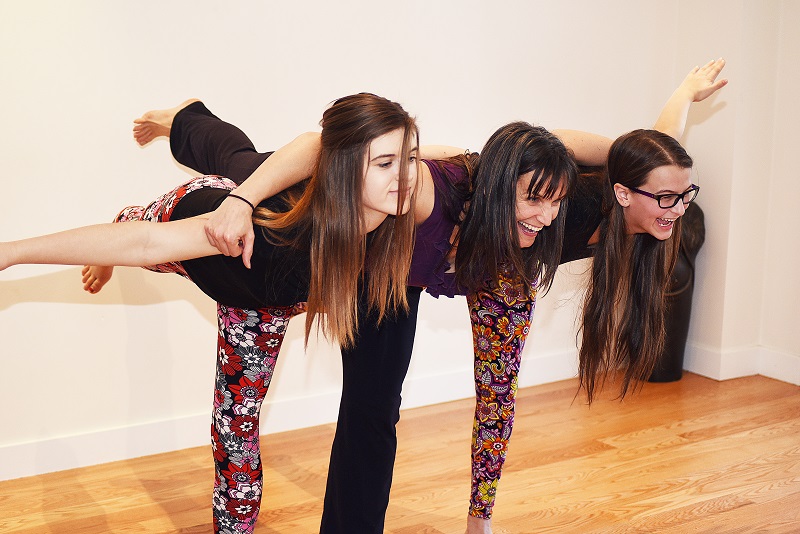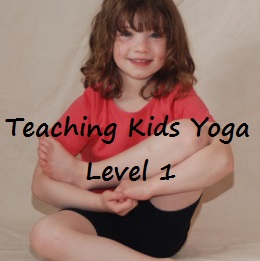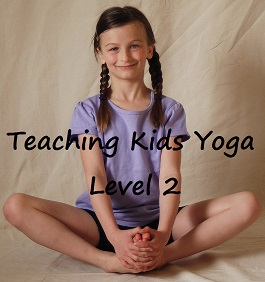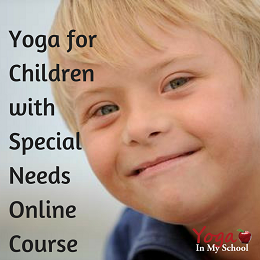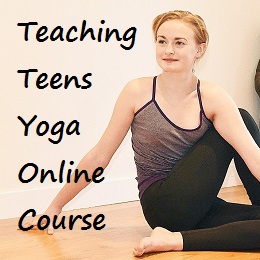Over the past few years more and more schools are offering yoga and mindfulness as part of the curriculum. This is in part due to the increase in research supporting the benefits of yoga and mindfulness including improvements in attention span, focus, ability to deal with stress, creativity, confidence and self management, to name a few. When offering school based yoga programs it is important to recognize that schools have a unique culture which is vastly different from yoga studios, recreational centres, private lesson or community classes.
These do’s and don’ts come from 14 years experience working in the Alberta, Canada education system. They are a guide on how to offer yoga in an available, approachable manner to improve the overall health, wellness and learning readiness of the next generation.
Above all support the programs you offer to schools with follow up and additional support for administrators and teachers. We can change the world one moment, one breath, one child at a time with regular practice, open communication and relationship building.
For more information on how to effectively and appropriately teach yoga in schools to kids and teens please join a Yoga In My School weekend workshop.
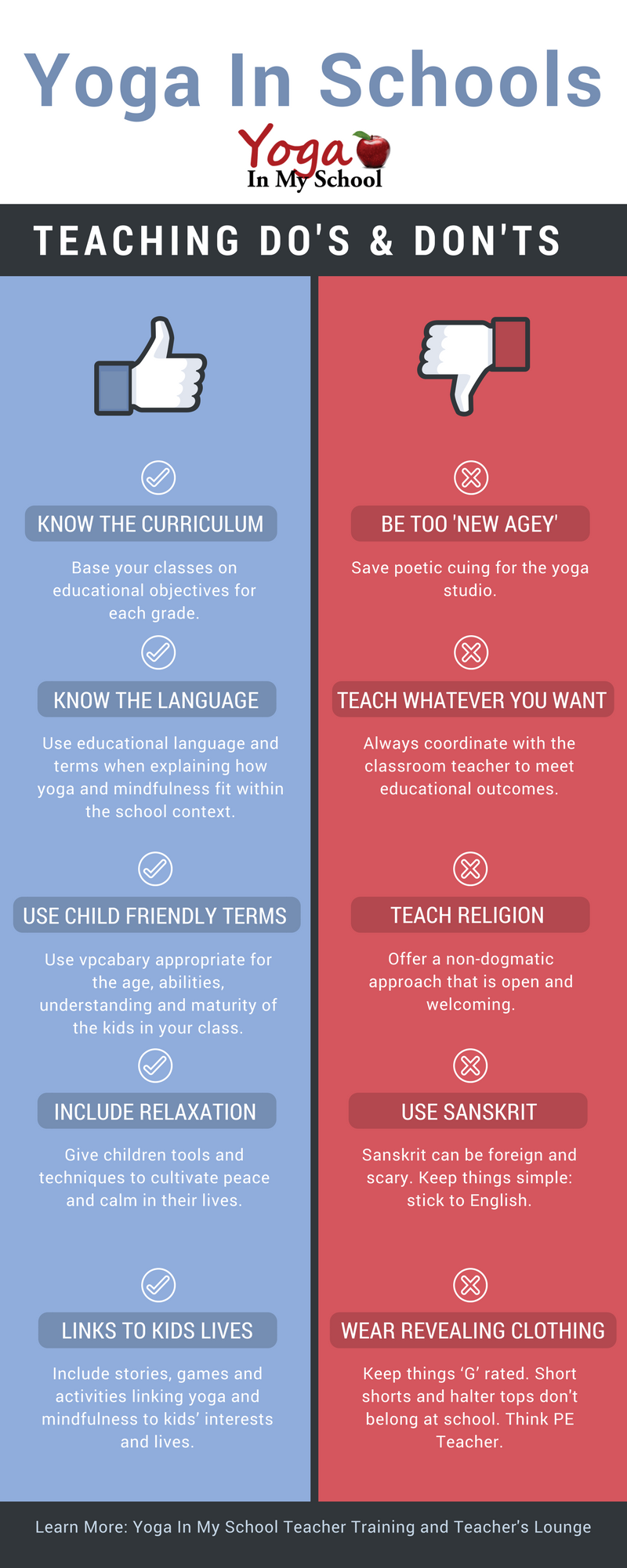
Don’ts
Don’t Be Too ‘New Agey’
Keep your words and approach grounded and real. Offer straight up yoga and mindfulness skills without fluff, illusions, artistic interpretation. For example with Sun Salutations don’t say, “Reaching tall to the sun embrace it’s loving radiance and hold in within your heart.” Save the poetic cueing for the yoga studio.
Don’t Teach Whatever You Want
Always co-ordinate with the classroom teacher as to their goals for the class. Every school period has specific educational outcomes. Teach within these parameters.
Don’t Be Surprised by the Religion Issue
Have alternative ways to offer yoga and mindfulness that will appeal to all participants. This may mean reframing and rephrasing the experience into ‘mindful movement’ or ‘stretch & relax’ sessions and avoiding trigger words such as ‘Om’. Always offer a non-dogmatic approach being open and welcoming of all traditions.
Don’t Use Sanskrit Terms or Chants
Yes, we in the yoga world love our Sanskrit but to many these terms can be foreign and scary. Use English. Save Sanskrit and chanting for studio classes or high school Yoga 15, 25, 35 classes.
Don’t Wear Revealing Clothing
Keep things ‘G’ rated. Check your clothing in the mirror before you leave the house. Too much cleavage? Too tight? Too revealing? Is it appropriate for a 6 year old or a hormone riddled teen? Ask yourself what would a PE teacher wear?
Do’s
Do Know the Curriculum
The Alberta Program of Studies is available online. Do your research and know what needs to be taught for each grade level. When teaching Grade 3 students its wonderful to explore bhramari breathing knowing that it supports the Grade 3 Science curriculum regarding learning about sound.
Do Know the Language
Knowledge of the language of education is essential in order to express how yoga and mindfulness can address the challenges faced in today’s classroom. Know what it means to be coded, what is RTI (Response to Intervention), an IEP (Individual Education Plan) and other terms common to education.
Do Use Child Friendly Terms
Your teaching style and language will change depending on the age of the students. Use terms appropriate for the age, abilities, understanding and maturity of the kids in your class. For example be very concrete when working with younger students, ask them “Please sit down criss cross, eyes on me.”
Do Include Relaxation and Mindfulness
Kids today are over programmed, over scheduled and over stimulated. They are in desperate need of relaxation tools and mindfulness practices to invite peace and calm into their lives. Give them this gift. Movement is a form of meditation. So is stillness.
Do Link to Kids Lives
Include stories, games and activities linking yoga asana, pranayama and relaxation to kids’ interests and life. Many poses are named after animals and pranayama can be tailored for specific needs such as finding calm, before bed, or test prep.
